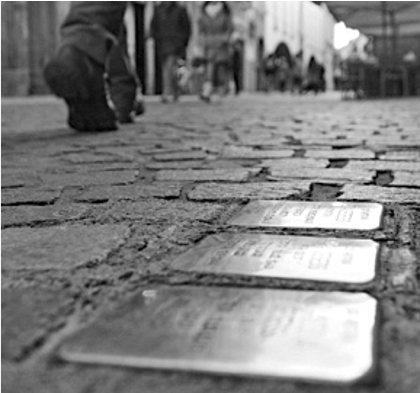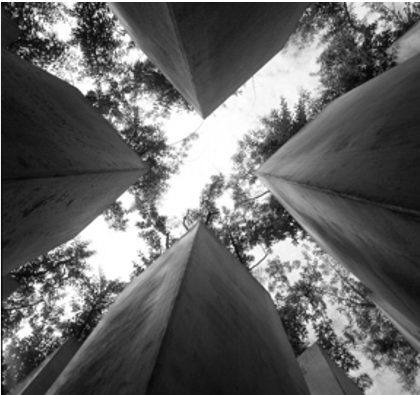stones
The Stolpersteine (stumbling stones) is a project by the German artist Gunter Demnig, started in 1992. The initiative, implemented in several European countries, aims to commemorate the victims of Nazism and fascism, keeping alive the memory of all Jews, Roma and Sinti, homosexuals, dissidents, Jehovah’s Witnesses and euthanasia victims who were deported and exterminated. To explain the logic of the project, Gunter Demnig quotes the Talmud: “a person is forgotten only when his name is forgotten”. The stumbling stones are placed on the sidewalks in front of the houses and recall the memory of the people who once lived there. Generally, each stone begins with “HERE LIVED”.
What the stumbling stones lack is the chance to discover something about the life of the person being commemorated. This project aims to bring the stumbling stones of Venice to life thanks to the use of augmented reality (AR) as a new narrative level. Historical (physical) spaces are becoming a hybrid of real and digital entities.

They are part of the narrative landscape of memory, where the public has the opportunity to get directly in touch with the history of these places.
They are part of the narrative landscape of memory, where the public has the opportunity to get directly in touch with the history of these places.
In Europe there are more than 70,000 Stolpersteine, incorporated into the sidewalks and streets of cities.
Since 2014, the city of Venice has also joined the Pietre d’inciampo project. The initiative is promoted by the City of Venice, the Jewish Community of Venice, the Venetian Institute for the History of Resistance and Contemporary Society and the German Center for Venetian Studies.
Sites
The public memory sites are one of the channels to keep alive the memory of certain historical moments of a city. The events that struck Venice between 1943 and 1945, and Italy as a whole, left evident traces in the monuments, buildings and commemorative plaques in every part of the city.
In particular, some buildings and public places have become actors of memory that have changed the narrative of the city and enriched the collective identity.

To explore the historical process through augmented reality (AR), the project intends to add to the public memory of cities a path of AR that becomes a living element in which to act and read a part of the urban history of cities.